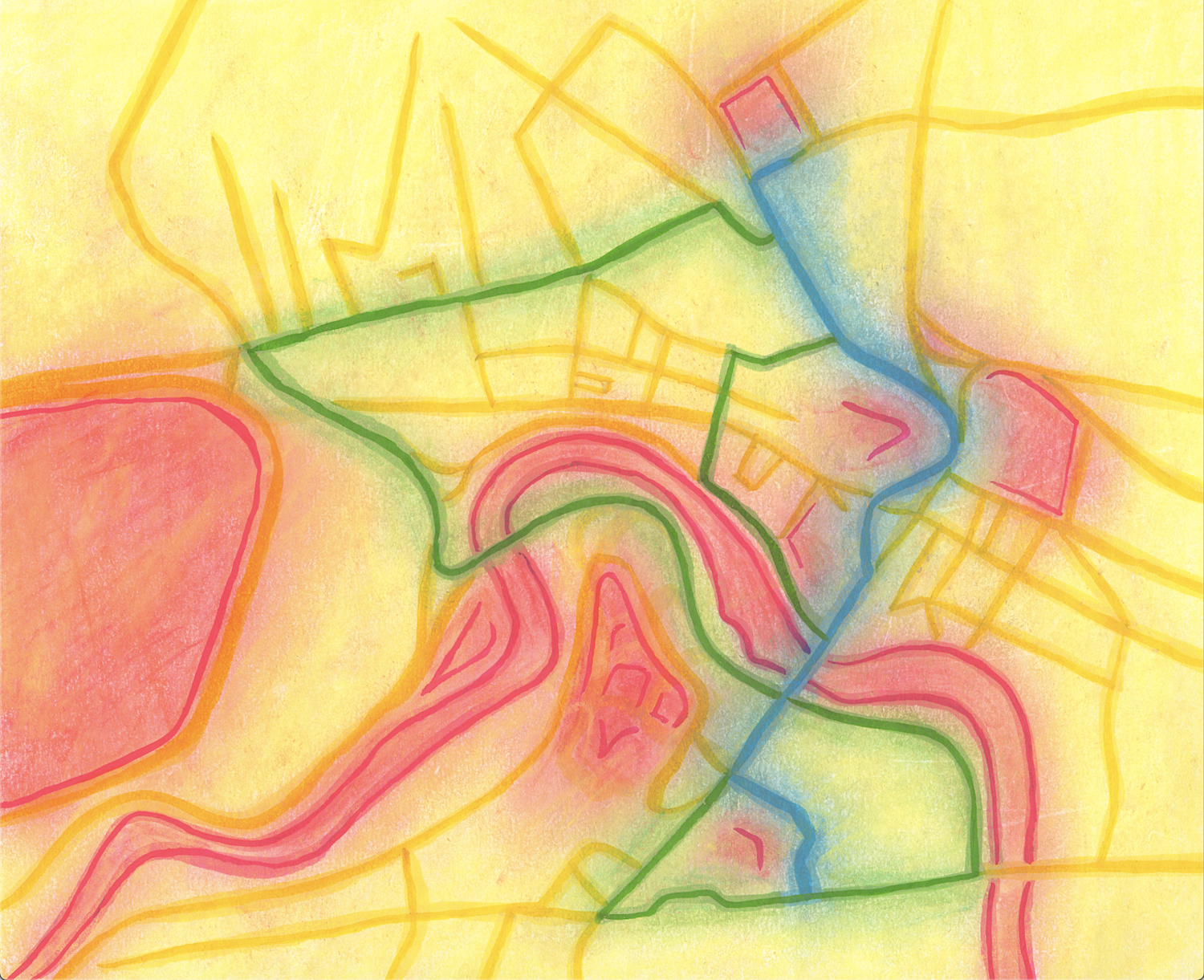
News
Harvard Alumni Email Forwarding Services to Remain Unchanged Despite Student Protest

News
Democracy Center to Close, Leaving Progressive Cambridge Groups Scrambling

News
Harvard Student Government Approves PSC Petition for Referendum on Israel Divestment

News
Cambridge City Manager Yi-An Huang ’05 Elected Co-Chair of Metropolitan Mayors Coalition

News
Cambridge Residents Slam Council Proposal to Delay Bike Lane Construction
Conducting Through the Chaos
Put on your hard hats, folks. We’re talking transportation.
Imagine you are the conductor of the New York Philharmonic. Your musicians switch up their instruments at will, and they come and go throughout the piece. Can you create a beautiful performance out of this cacophony? You’re going to need a really big baton.
While no self-respecting musician would entertain this hypothetical, the analog lies at the core of legislators, engineers, and researchers in the transportation industry. Managing the rhythm and meter of how urban residents commute through their city is much like a conductor managing what seems to be a chaotic ensemble. One particularly personal problem in transportation that you and I will soon have to deal with is the move of the School of Engineering and Applied Sciences to the new Allston campus. By fall 2020, many a quadling will be burdened with the following question: How are we going to commute nearly four miles roundtrip between dorms and classes?
We are not the first to think of this difficult and interesting engineering problem. In anticipation of the Allston move, SEAS is creating 570 bike parking spots, a bike sharing hub, an “enhanced” campus shuttle system, and a long-term vision of a commuter rail station. But these won’t be enough. I don’t know about you, but when it gets below freezing and icy outside — a condition for a good portion of the academic year — I wouldn’t be very gung-ho about taking the four-mile trek by bike just to get to class. With bikes out of the picture, shuttles will inevitably get overcrowded: Thanks to Harvard’s block schedule, most students with a 9 a.m. class will shoot for the 8:45 a.m. bus, not the 8:30 a.m. And if you can’t get a spot on the bus, are you out of luck?
Luckily for us, industry and academia also have a whole suite of proposed solutions. The Massachusetts Institute of Technology developed the Persuasive Electric Vehicle, an eccentric miniature car-bike hybrid that can be hailed from ride-share apps and ridden in the bike lane. On our side of Cambridge, Harvard’s Human Powered Vehicle Team and a team of 45 students in ENG-SCI 96: “Engineering Problem Solving and Design Project” have also taken a stab at the problem. And, of course, you can take my personal favorite mode of transport and ride a last-mile electric vehicle, like Boosted’s electric skateboard or Harvard student-run mobility company Scoob’s electric scooters. Many think the answer to our transportation woes must lie in some precarious balance of scooters, bikes, buses, and trains.
But in my opinion, the solution begins with rethinking our perspective: this isn’t just an engineering problem. It’s a socio-technical one, where the social challenges are just as important as and deeply intertwined with the engineering challenges.
While the initial solutions seem fairly reasonable, I don't expect SEAS to get it right the first time around. The Allston transportation problem is so hard to solve, let alone define, because we students don’t even yet know what is best for us in this new upcoming commuting culture. What is important is that we take a people-centered approach to problem-solving. We must define the success of Allston transportation not solely on whether the bike racks are built and the buses are on time, but largely on whether students are satisfied with how they commute. Only then can we take the right steps forward to converge on the best solution for us.
The engineer in me admittedly gets excited by all the new gadgets we can throw at the problem of transportation more broadly — compact vehicles, high-speed monorails, and even jet suits, to name a few. However, gadgets alone don’t solve problems. I’ve taken the time to get equally informed on and excited by the “why”: why solve transportation?
First, to solve transportation is to create a more sustainable future. When we need to get to another part of town quickly, how do we change the narrative so that we don’t immediately reach for the Uber app? What new affordances are we given to design cities when the central facet of commuter culture is no longer the gasoline engine?
Next, to solve transportation is to increase our collective productivity. The opportunity cost of effective human hours lost while stuck in traffic is astounding. If we do it right, many urban dwellers have a shot at reclaiming hours or even days of wasted time back.
Finally, to solve transportation is to change the way we feel about life in a city. Too many of us spend too much time in this limbo-state of dissatisfaction and constant urgency while commuting. I dream of a future where this part of our lives becomes just a little less monotonous, making us just a little happier on the average day.
Transportation is just one area where human-centered design and problem-obsession can give us huge societal return. But the ethos is replicable. As the conductor of your own busy life — a life of relationships, career-building, family, and, of course, transportation — I invite you to think deeply about how you direct your musical composition. How do we optimize our lives to balance efficiency, sustainability, and pleasure?
Mohib A. Jafri ’21 is an Electrical Engineering concentrator in Quincy House. His column appears on alternate Thursdays.
Want to keep up with breaking news? Subscribe to our email newsletter.

